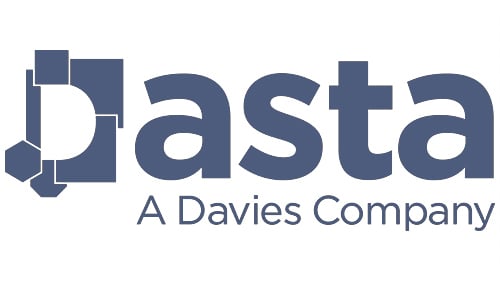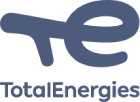Can work with any regional, national or international regulatory framework, including EU, PRA, FCA, SEC, BMA, ISOs and ESG
Capture all regulatory return deadlines and reporting events in one repository
One regulatory business timeline in one place across all functions
Workflow reviews and submissions and see at a glance the status of upcoming submissions
Receive customised notifications for when deadlines approach
Regulatory Reporting Software FAQs
What is regulatory reporting software?
Regulatory reporting software is a specialised tool or platform that assists organisations in automating and managing the process of compiling, validating, and submitting regulatory reports to relevant authorities. This software helps organisations streamline regulatory compliance efforts by centralising data, ensuring data accuracy and consistency, tracking reporting deadlines, and generating reports in the required format for submission to regulatory bodies.
What are the types of regulatory reporting?
There are various types of regulatory reporting based on the industry and regulatory requirements. Some common types include:
- Financial reporting: Reporting financial data and performance metrics to regulators, tax authorities, and stakeholders.
- Compliance reporting: Ensuring adherence to industry regulations, standards, and internal policies.
- Risk reporting: Reporting on risk exposure, management strategies, and mitigation measures.
- Transactional reporting: Reporting on specific transactions, such as trades, securities holdings, and financial transactions.
- Environmental reporting: Reporting on environmental impact, sustainability practices, and compliance with environmental regulations.
No red tape, no 3rd parties involved. Immediate support from the team that develop the Decision Focus platform.
What Industries require regulatory reporting?
Various industries are subject to regulatory reporting requirements, including:
- Financial services: Banks, investment firms, and insurance companies are required to submit financial reports to regulators.
- Healthcare: Healthcare providers must report patient data, financial information, and compliance with healthcare regulations.
- Energy: Energy companies must report on energy production, consumption, and environmental impact.
- Manufacturing: Manufacturing companies report on production output, quality control, and compliance with safety regulations.
- Telecommunications: Telecommunication companies report on network performance, customer data, and compliance with communication regulations.
How is regulatory reporting done?
Regulatory reporting involves several steps:
- Data collection: Gathering relevant data and information from various sources within the organisation.
- Data validation: Verifying the accuracy and completeness of the data to ensure compliance with regulatory guidelines.
- Report generation: Compiling the validated data and formatting it according to the specific requirements of the regulatory authority.
- Review and approval: Subjecting the report to internal review and approval processes to verify its accuracy and compliance.
- Submission: Sending the finalised report to the appropriate regulatory body by the specified deadline through the designated channels, which may include electronic filing systems or physical submissions.
By following a systematic process and leveraging regulatory reporting software, organisations can streamline their regulatory reporting activities, ensure compliance with regulations, and maintain transparency and accountability in their reporting practices.
Any questions?
The Decision Focus team are here to answer your questions.








.png)

